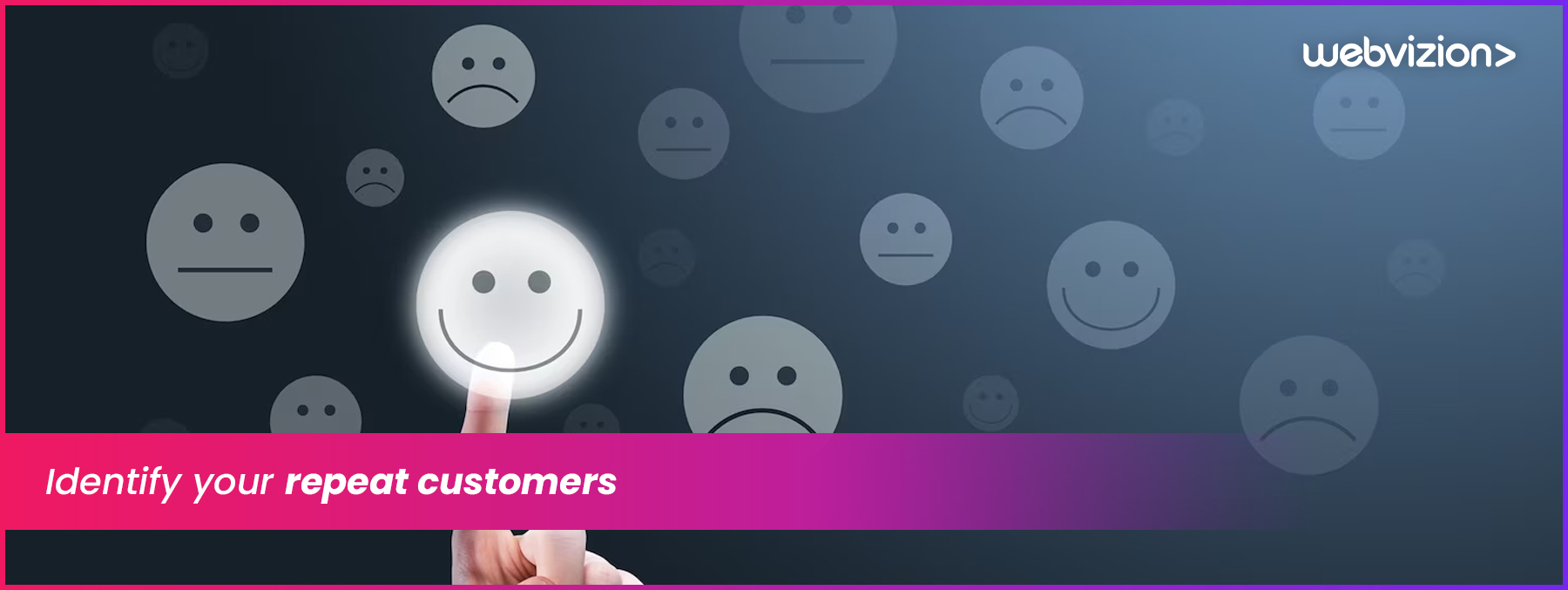
Because there is a shift in the economy, with ups and downs in the stock market, it is a clear sign that a recession will occur within the next six months or a year. This economic transformation will also have an impact on digital brands.
Many e-commerce companies and small businesses are already suffering the effects of the economic recession, as sales have dropped dramatically and they are battling to maintain their performance.
In this article, we’ll look at some facts concerning the recession and how e-commerce enterprises should deal with them. We will also shed light on how to proceed with your e-commerce venture.
Making Your E-commerce Business Recession-Proof
As a result of corporate cutbacks, hiring restrictions, and rising prices, consumers become more careful about spending their money. All of this has caused merchants to scurry to remain at the forefront of consumers’ minds.
However, recessions are not permanent, and if certain precautions are taken, they can secure success even before the economy recovers. Let’s look at ways to remain competitive and resilient as an e-commerce business in this difficult environment.
1. Critically assess your operational efficiency
The first step in surviving a recession is to assess your operational efficiency. It entails comprehending your overhead costs, such as which operations are critical and which can be removed. You can use feed management technology to optimize and automate your product feeds without spending extra money.

You will have control over the product information that is shared online thanks to the feed management tool, which will handle prices and inventory supply changes. You may effortlessly promote your products on thousands of advertising platforms, marketplaces, and affiliate networks using high-quality feeds.
2. Be strategic with your marketing budget
When a recession is approaching, merchants frequently reduce their marketing spend. However, it is critical to ensure that you are marketing your items wisely, which means spending differently, not necessarily less.
Behavioral analytics, for example, can assist you to understand how a consumer interacts with your company. You’ll discover how they discovered you and which parts of your website they enjoy visiting.
You’ll also be able to track the advertisements they’ve seen and responded to, the items they buy (and how frequently), and the total amount of money they’ve spent with you in the past and are likely to spend in the future.
3. Identify your repeat customers
According to one recent survey, repeat clients account for 65% of all businesses. Rather than casting a wide net to attract new customers, you should target shoppers who have been returning to your site on a regular basis.

Begin by going over your product offers and pricing models. You may determine which items have the biggest profit margins and then automate your feeds to advertise and highlight them. Determine which channels performed best and then incorporate them into a multichannel advertising campaign.
Real-time data on product performance will also provide you with a clear picture of your best and worst-performing products, allowing you to automate product categorization. Data insights can also assist you in optimizing your ad campaign objectives depending on ROAS.
4. Be consistent with your online presence
Nothing irritates an online buyer more than realizing that the item they desire is no longer on sale – or, worse, is no longer available. A simple approach is to manage your inventory and maintain your product feeds current across all channels. You can alter your rates in relation to your competition, offer specials for specific products, and guarantee your inventory is always accurate by updating your feeds numerous times per day.
5. Reward your loyal customers
If you haven’t already, now is the moment to prioritize an exceptional customer experience, especially for your most loyal customers. This necessitates being proactive and imaginative in terms of customer rewards.
Customers might be rewarded with exclusive membership programs and discounts. To avoid cart abandonment, you can use automated technologies to waive shipping fees. As Amazon has taught the eCommerce business, paying attention to every element linked to consumer behavior is critical.
You can prioritize client favorites and keep a customer wish list to provide extremely responsive service. If someone wishes to buy a popular item that is temporarily out of stock, keep their contact information and contact them as soon as it becomes available again.
Conclusion
When it comes to weathering an economic slump, you want to play the long game and use your strengths. As a result, when the economy recovers, your internet firm will be well-positioned for long-term success.
We can assist you with your marketing plan during a recession. For further information, please contact us or book a conversation with us.




